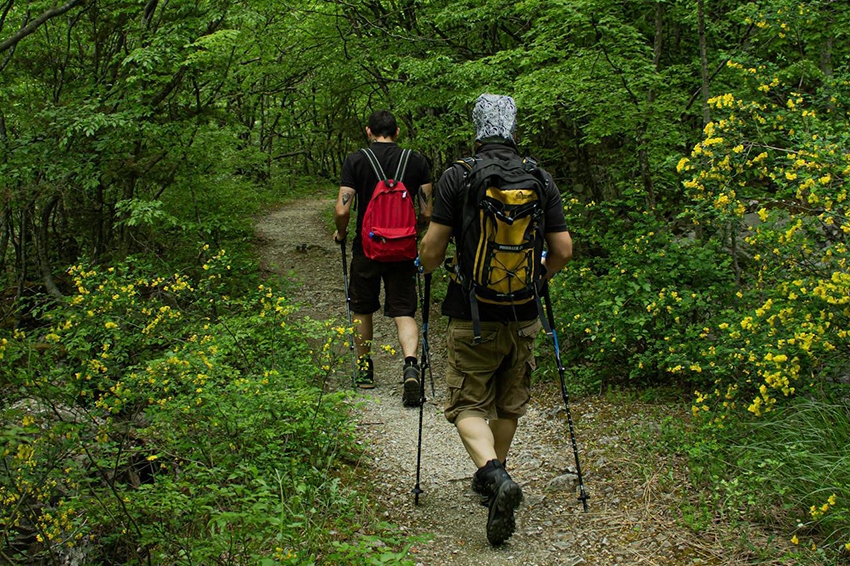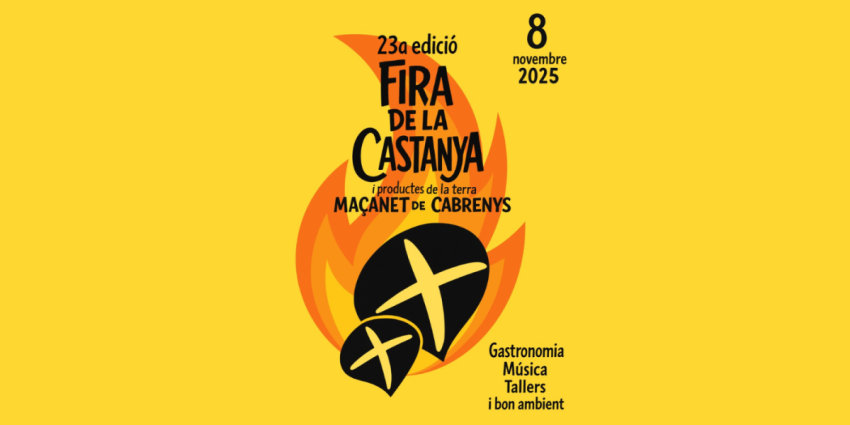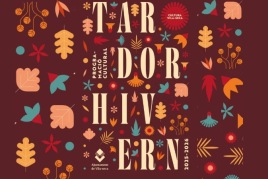From Montserrat to Alcarràs: The 6 key stages of the Catalan Camino de Santiago

The Catalan Camino de Santiago offers a unique experience that combines spirituality, history and natural beauty. This route, which starts from the emblematic mountain of Montserrat to the town of Alcarràs, is a fascinating alternative to the traditional French Way. Discover the 6 stages that make this route an unforgettable trip.
1. Montserrat - Igualada: The spiritual beginning of the Catalan Way
The Catalan Camino de Santiago begins at the Monastery of Montserrat, a place of deep spiritual significance. This first stage offers stunning views of Montserrat's unique rock formations and sets the tone for a pilgrimage full of discovery.
2. Igualada - La Panadella: Entering rural Catalonia
This stage takes pilgrims through rural landscapes and small towns. La Panadella, known for its traditional travelers' stop, offers a well-deserved rest and a taste of Catalan hospitality.
3. La Panadella - Tárrega: The heart of the Urgell region
A route that crosses cereal fields and vineyards. Tárrega, with its arcaded Plaza Mayor, provides an immersion into local life and the region's medieval history.
4. Tárrega - Linyola: Discovering the Urgell plain
This stage takes pilgrims through the fertile plain of Urgell, offering agricultural landscapes and small towns that keep Catalan traditions alive.
5. Linyola - Algerri: Transition to the Pre-Pyrenees
The road begins to change, approaching the foothills of the Pre-Pyrenees. Algerri, with its Romanesque church, marks a transition point in the landscape and culture.
6. Algerri - Alcarrás - Tamarite de Litera: The end of the Catalan Camino
The final stage concludes in Tamarite de Litera, already in the province of Huesca, Aragón. This section offers a reflection on the trip made and the continuation towards Santiago.
The Camino de Santiago: More than a pilgrimage route
The Camino de Santiago, declared a World Heritage Site by UNESCO in 1993, transcends its religious origin. Today, it attracts people of all beliefs and nationalities, becoming a cultural and tourist phenomenon of the first order.
For many, the Camino is a journey of self-discovery. The simplicity of the pilgrim's life, centered on walking and reflecting, offers a unique opportunity for introspection and personal growth.
The route is dotted with archaeological gems and historical monuments. From Romanesque churches to medieval castles, each stage is a living history lesson of Catalonia and Spain.
Tourism and economic impact on local communities
The Camino de Santiago has revitalized many rural areas. In Catalonia, it has promoted sustainable tourism and the local economy, promoting the preservation of traditions and the creation of infrastructure for pilgrims.
Preparation and tips for the Catalan Camino
- Plan your route in advance, considering your physical condition.
- Wear comfortable, well-tested shoes.
- Travel light, but don't forget sun and rain protection.
- Respect the environment and local communities.
- Enjoy local cuisine at every stage.
The Catalan Camino de Santiago offers an enriching experience that combines spirituality, culture and history. From the mountains of Montserrat to the fields of Lérida, each stage presents new challenges and discoveries. Whether for religious, cultural or personal reasons, traveling this Camino is an adventure that leaves an indelible mark on those who undertake it.
Good way!





